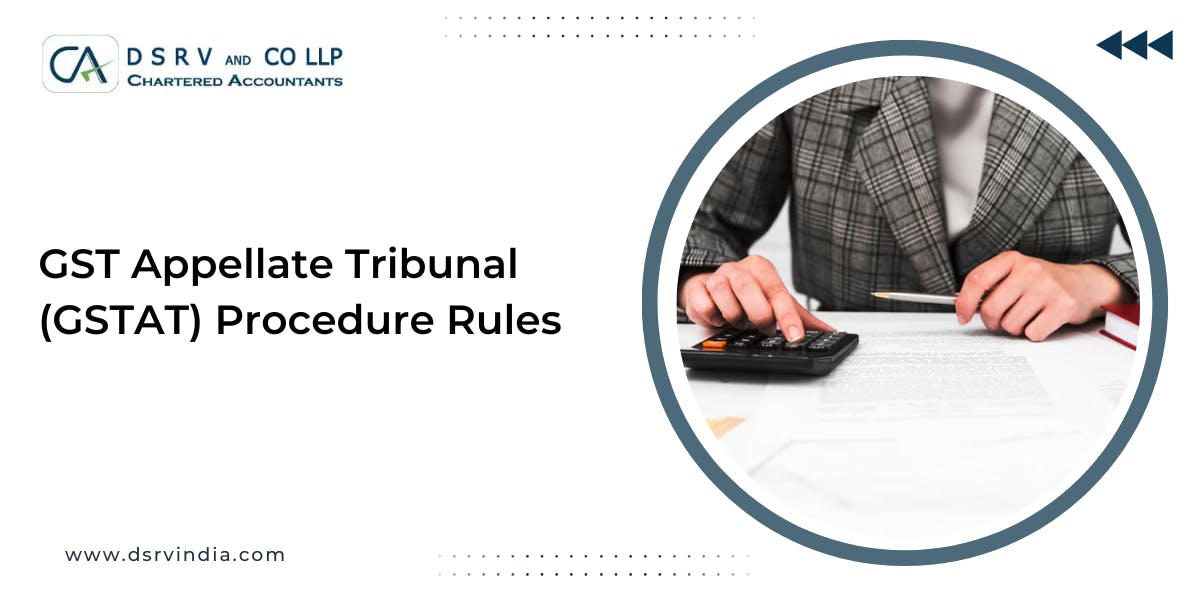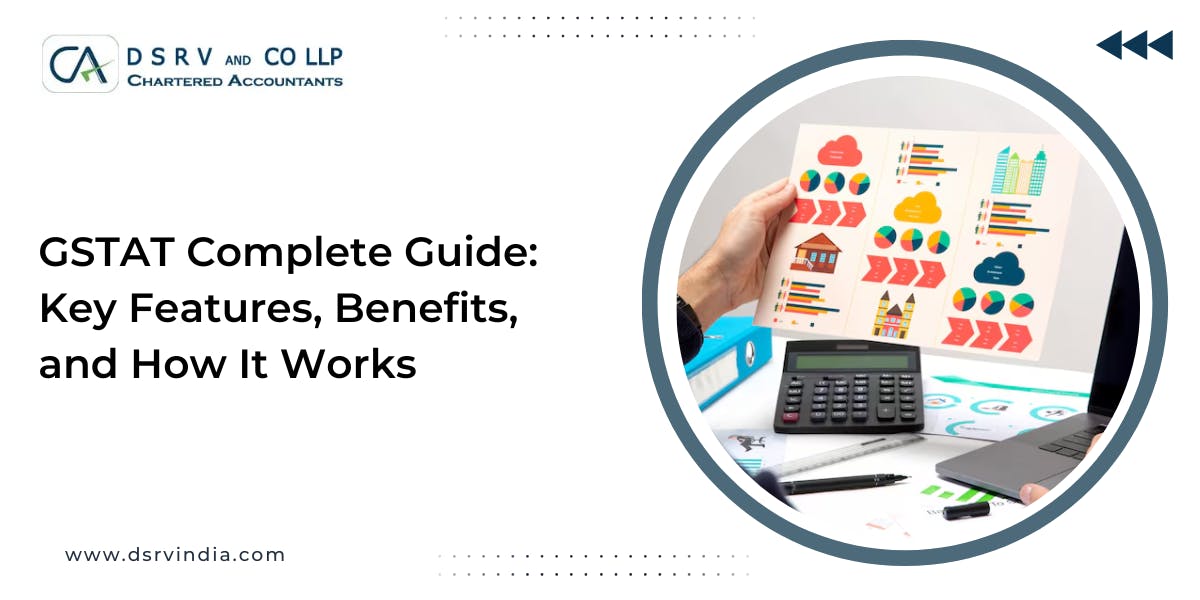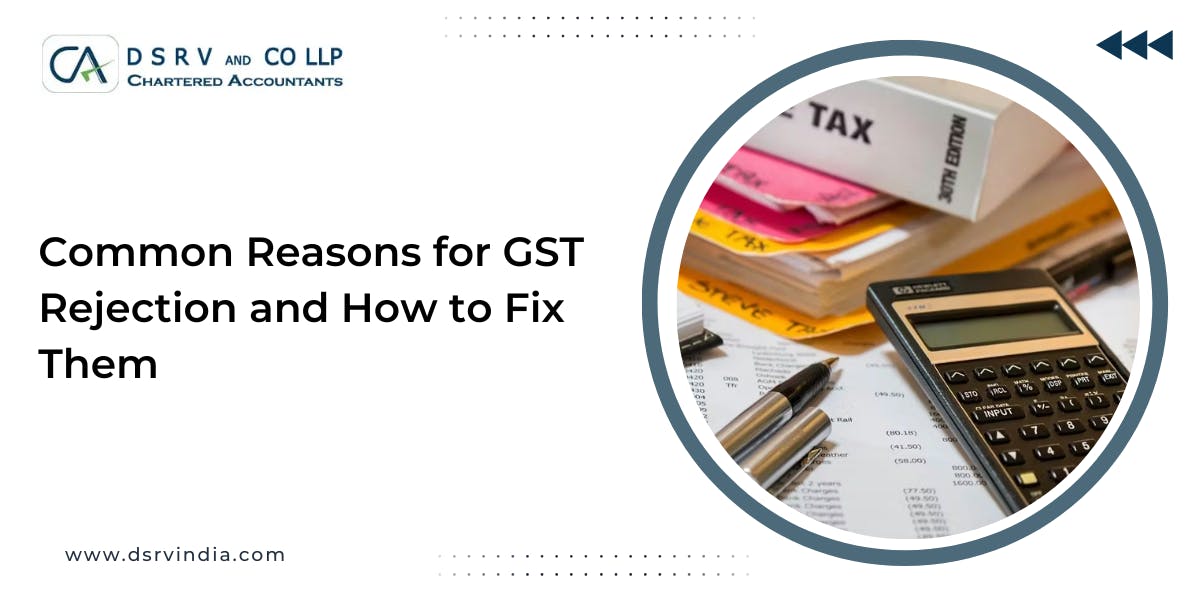The GST law allows taxpayers to challenge decisions or orders they don’t agree with. Whether it’s a wrong tax calculation, a denied ITC claim, or a demand order that doesn’t make sense, you can file an appeal before the appellate authority. But here’s the catch the procedure has to be followed carefully, step by step.
In this guide, we’ll walk you through the appeal process in GST, what forms you need, the timelines, the documents, and best practices to make sure your case is heard. And if it sounds complicated, don’t worry. Many businesses lean on a GST consultant in Gurgaon to handle the filing and documentation.
What is an Appeal in GST?
In simple words, an appeal is the legal right of a taxpayer to challenge a decision made by the tax authorities. If you disagree with a demand order or any decision passed by the adjudicating authority, you don’t have to accept it blindly. You can go to a higher authority and ask them to review it.
The GST law provides a structured appeal mechanism. The first level of appeal is with the Appellate Authority, and you file it in Form GST APL-01 through the GST portal.
So, if you’ve received a demand order and believe it’s incorrect, the appeal process is your way to get it reviewed.
Must Read: How to Deal with GST Show Cause Notices Under GST
When Can You File a GST Appeal?
An appeal can be filed when:
- A demand order has been passed against you.
- You disagree with the decision of the adjudicating authority.
- You believe ITC has been wrongly denied.
- You think the calculation of tax, interest, or penalty is not correct.
The law says that an appeal must be filed within three months from the date of communication of the order. If you miss the deadline but have a sufficient cause, the Appellate Authority may condone the delay by up to one more month.
This means you usually get three months, and in special cases, four months at the maximum.
Hierarchy of GST Appeals in 2025
When it comes to challenging GST orders, the law gives taxpayers multiple levels of appeal. Here’s how the hierarchy works as of 2025:
First Appeal: Appellate Authority (Section 107)
The first step after a demand order or decision is to file an appeal in Form GST APL-01 before the Appellate Authority. This is usually done online through the GST portal and must be filed within three months from the date of the order.
Second Appeal: Appellate Tribunal (GSTAT)
If you’re not satisfied with the decision of the Appellate Authority, the next level is the Goods and Services Tax Appellate Tribunal (GSTAT). The government has notified fresh updates for GSTAT in 2025, making it functional across India after years of delay. This is an important step forward because earlier, taxpayers had no active tribunal to turn to.
Further Appeal: High Court
If the matter involves substantial questions of law and you’re unhappy with the GSTAT order, you can approach the High Court. This is where cases with serious legal implications often land.
Final Appeal: Supreme Court
The last level is the Supreme Court of India, which only takes up cases of national importance or those involving significant legal interpretations of GST law.
Pre-Deposit Requirement Before Filing
Before you can file an appeal, you need to make a pre-deposit. This is like a token payment to show good faith.
Here’s what you must pay:
- The full amount of tax, interest, fine, or penalty that you admit is payable.
- Plus, 10% of the disputed amount (subject to a maximum of ₹25 crore).
Only after this pre-deposit is made can your appeal application move forward. The remaining disputed tax is treated as non-recoverable until the appeal is decided.
How to File an Appeal on the GST Portal
Now let’s go step by step through the filing process on the GST portal.
- Login to GST Portal
Head to the GST portal and log in with your credentials. - Go to Appeal Section
From the dashboard, navigate to Services → User Services → My Applications → New Application. - Select Application Type
Choose Appeal to Appellate Authority from the drop-down list. - Enter Order Details
- Select the order type (demand order, refund order, etc.).
- Enter the Order ID, demand ID, and date of filing.
- Fill in Case Details
Provide information like place of supply, case under dispute, disputed amount, and any additional notes. - Upload Supporting Documents
Attach PDFs of the order, demand details, and other relevant records. - Pre-Deposit Payment
Pay the admitted liability and the required pre-deposit through the portal. - Verification
Verify the application using DSC (Digital Signature Certificate) or EVC (Electronic Verification Code). - Provisional Acknowledgement
Once submitted, you’ll receive a provisional acknowledgement on the portal. - Final Acknowledgement
After scrutiny, the system issues Form GST APL-02, indicating the appeal number and confirming acceptance.
And that’s it your appeal is officially filed.
You might also like How to Handle GST Audit Under Section 65 of CGST Act
Withdrawal of Appeal
Sometimes taxpayers realize midway that they want to withdraw their appeal. Maybe they reached a settlement or decided it’s not worth pursuing.
In that case, you can file an application for withdrawal of the appeal. The appellate authority will approve or reject it, and once accepted, a final acknowledgement of withdrawal is issued.
Key Forms in GST Appeal Procedure
There are two important forms every taxpayer should know:
- Form GST APL-01 → Used to file an appeal against a demand order or decision.
- Form GST APL-02 → The acknowledgement issued after successful submission of an appeal.
Without these, your appeal isn’t valid.
Documents Required for Filing a GST Appeal
Before you go ahead and file an appeal against a demand order, make sure you’ve got all the paperwork in place. Missing documents can delay or even derail your application. Here’s what you’ll need:
- Copy of the order appealed against – the decision or demand order you’re challenging.
- Grounds of appeal & statement of facts – clearly explain why you believe the order is wrong.
- Proof of payment – evidence that you’ve paid the admitted liability plus the required pre-deposit (10% of the disputed amount).
- Supporting documents – things like invoices, contracts, reconciliations, or any other records that strengthen your case.
Having these ready not only speeds up the process but also shows the appellate authority that you’re serious and well-prepared.
Timeline for Appeals
- Within 3 months → An appeal must be filed within three months from the date of the order.
- Condonation → If you miss the timeline, the appellate authority may allow one more month if you show sufficient cause.
- Admission Stage → Once filed, the authority checks whether the application is complete and pre-deposit is paid.
- Order → The appellate authority must pass its decision within one year of the filing date, as far as possible.
So, timing is crucial. Missing deadlines can mean losing your right to appeal.
Common Mistakes Taxpayers Make
Here’s what often goes wrong when filing appeals:
- Forgetting the pre-deposit requirement.
- Uploading incomplete or wrong documents.
- Missing deadlines.
- Entering wrong details like Order ID or demand ID.
- Not verifying with DSC/EVC.
Most of these mistakes are avoidable. That’s why many businesses prefer to let a CA in Gurgaon or other GST professionals file the appeal for them.
Best Practices for Filing Appeals
If you want your appeal to be strong, keep these points in mind:
- Always review the demand order carefully.
- Gather all supporting documents before filing.
- Double-check disputed amounts and calculations.
- Ensure pre-deposit payment is made correctly.
- Submit the appeal well within the deadline.
- Keep track of the status of appeal on the GST portal.
What Happens After the Appeal is Filed?
Once your appeal is filed, the appellate authority reviews the case. They’ll look at:
- The order passed by the adjudicating authority.
- Your grounds of appeal and supporting documents.
- Whether pre-deposit and admitted liability were paid.
At the admission stage, the appeal can be accepted or rejected. If admitted, it goes into hearing. After reviewing everything, the appellate authority will either:
- Confirm the order,
- Modify it, or
- Set it aside in your favour.
Whatever the outcome, it is communicated through the portal, and you can download the decision as a PDF file.
Consequences of Ignoring Appeal Rights
If you don’t appeal within time, the demand order becomes final. That means:
- The tax needs to be paid in full.
- Recovery proceedings may start.
- You lose the chance to challenge the case further.
So, it’s important not to ignore a demand order if you believe it’s incorrect.
Conclusion
The GST appeal procedure is your right as a taxpayer. It allows you to challenge decisions that you think are wrong, whether it’s about ITC, turnover, or a demand order.
Yes, the process involves forms, pre-deposits, and deadlines. But if you follow the steps carefully or better yet, get expert help you can protect your business from unfair demands.
Think of it as a second chance to make your case. Don’t miss it.
Now that you’ve read this, the next step is checking out : How to Tackle Inflated GST Tax Demands Effectively











